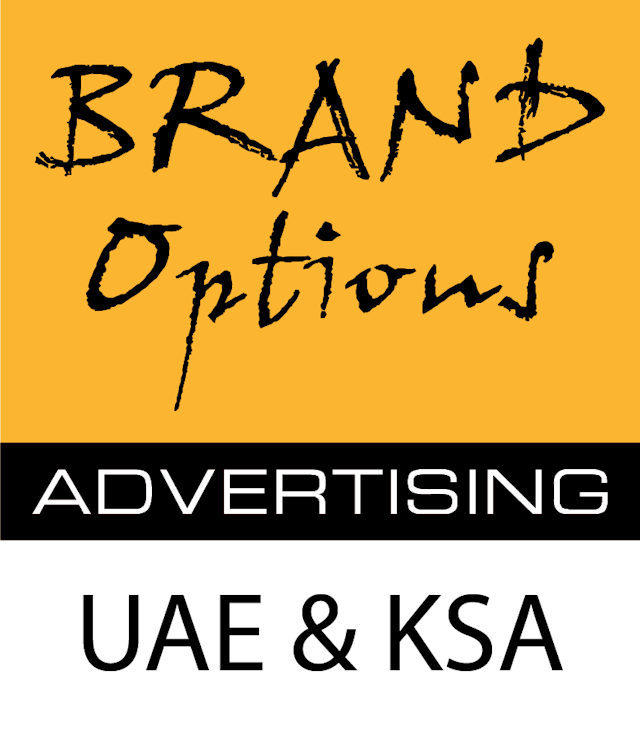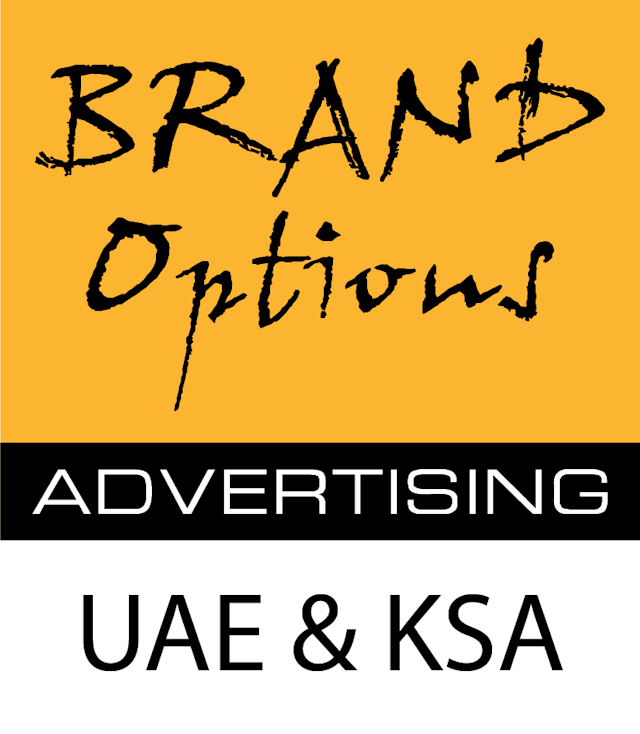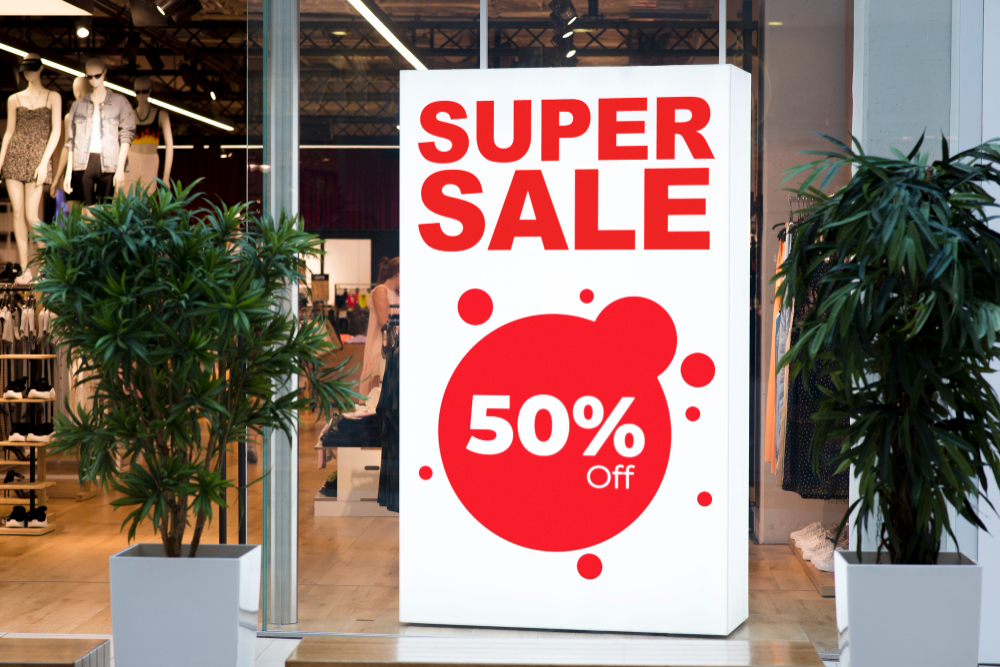The right type of signage plays a key role in shaping how customers view your business. It not only helps in establishing brand visibility but also creates an impression that can impact customer decisions. Two of the most popular signage options today are backlit signage and 3D signage. Each has its own unique characteristics and benefits, making them ideal for different purposes.
Below, we explore the features, advantages, and considerations of each signage option to help you decide which one aligns best with your storefront goals.
What is Backlit Signage?
Backlit signage is a type of illuminated signage that incorporates light sources, typically LED or fluorescent lights, behind or within the sign. This illumination creates a vibrant, glowing effect that draws attention even from afar. The lighting highlights the sign’s design, colours, and text, making it especially effective during nighttime or in dimly lit conditions.
This type of signage often includes a translucent material, such as acrylic or polycarbonate, on which the design is printed or displayed. The light then passes through the material, creating a consistent and even glow that enhances readability and aesthetics. Backlit signs are commonly used for retail storefronts, restaurants, malls, and healthcare facilities due to their ability to stand out in high-traffic areas.
Advantages of Backlit Signage
Enhanced Visibility
One of the standout features of backlit signage is its ability to remain noticeable in low light. This makes it effective for businesses that operate beyond daylight hours, ensuring their branding continues to capture attention during the evening.
Professional Appeal
Backlit signs exude a polished, modern look. The sleek and illuminated design conveys professionalism and reliability, leaving a positive impression on passersby.
Customisation
These signs can accommodate a variety of colours, fonts, and shapes, making it easier to reflect the brand’s identity effectively.
Durability
Most backlit signage is made using weather-resistant materials that offer longevity. Additionally, modern LED lighting technology ensures energy efficiency, which reduces operational costs over time.
What is 3D Signage?
3D signage involves creating signage with a three-dimensional effect. Materials like metal, acrylic, or wood are shaped by the signage company to form letters or designs that stand out physically from the surface they are mounted on. These signs are non-illuminated by default but can be paired with external lighting to enhance their aesthetic appeal.
The design versatility of 3D signage makes it a popular option for businesses looking to make a bold, eye-catching statement. It creates depth and texture that captures attention and conveys a sense of uniqueness.
Advantages of 3D Signage
Eye-Catching Design
The added depth of 3D letters or logos naturally attracts attention. The physical presence of the signage ensures that it stands out, creating a lasting impression.
Sophisticated Appearance
3D signage conveys an upscale image that matches brands aiming to project elegance and exclusivity. The versatility in material choices adds to its refined quality.
Versatility in Placement
These signs can be installed in both outdoor and indoor settings. They can serve as external storefront identifiers or be used as interior branding elements for lobbies and reception areas.
Durable Materials
Many options for 3D signage, such as aluminum or high-quality acrylic, can withstand varying environmental conditions, making them long-lasting solutions for outdoor use.
Factors to Consider When Choosing Between Backlit and 3D Signage
When deciding on signage for your storefront, it’s essential to evaluate specific factors that relate to your business, location, and branding goals. Here are key points to keep in mind:
Target Audience
The preferences and expectations of your target customers can influence the choice. For instance, backlit signage may appeal more to audiences in fast-paced urban environments, where bright and vibrant visuals tend to catch attention immediately. On the other hand, 3D signage often resonates with luxury, boutique, or artisan brands aiming for a sophisticated and tactile identity.
Operational Hours
If your business operates during the evening or in low-light areas, backlit signage ensures visibility at all hours. For businesses that primarily function during the day, 3D signage can offer impressive visual impact without the need for illumination.
Aesthetic Goals
Backlit signage is suited for businesses looking to create a modern, contemporary look with sleek edges and vibrant lighting. Conversely, 3D signage offers a more classic and tactile appeal, with material and finish options that can align with vintage, corporate, or minimalist branding.
Budget
While both options provide value, their costs can vary depending on materials, design complexity, and lighting requirements. Backlit signs may require a higher investment initially due to integration with electrical components, but they can also lead to savings over time with energy-efficient LEDs. 3D signs, although generally simpler in construction, can also vary based on material choices and installation complexity.
Ultimately, the selection of backlit or 3D signage depends on your specific branding objectives and practical requirements. Both options bring distinct qualities and strengths to the table. Think about how you want customers to perceive your business from the moment they see your storefront.
Brand Options - The Top Signage Manufacturers in Dubai & KSA
We are experts in turning your vision into impactful signage. From stunning 2D and 3D designs to vibrant large-format prints and custom joinery, we handle every step of the process from concept to installation. As one of the top outdoor signage companies in Dubai, we deliver bespoke solutions that boost your brand’s visibility and draw customers in. We are here to bring your brand to life with creative signage that speaks volumes!


